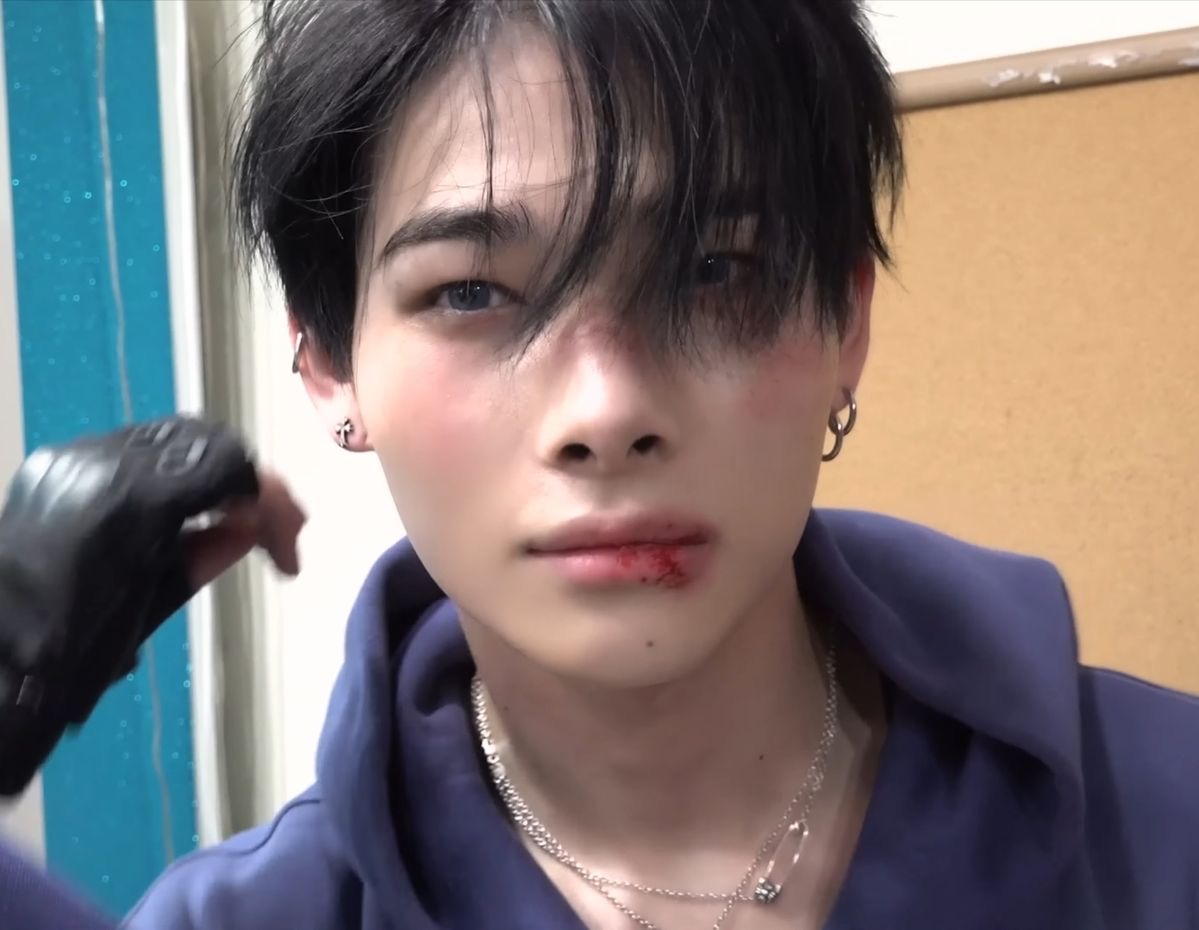Correctional Systems Exam 1
1/30
Earn XP
Description and Tags
Chapters 2-7
Name | Mastery | Learn | Test | Matching | Spaced |
|---|
No study sessions yet.
31 Terms

Defining feature of the Pennsylvania system at Eastern State Penitentiary
Architecture: radical design (spokes from a central hub) → easy surveillance.
Operational model: separate system → prisoners kept in total solitary confinement, no communication.
Purpose: encourage reflection, repentance, and reform (hence the word penitentiary).
Tip: This system was based on Quaker ideals of isolation = penitence.

Why the Auburn (congregate) system became dominant
Allowed group labor during the day, solitary at night.
Strict silence rule enforced by corporal punishment.
Produced goods cheaply → economic advantage.
Easier to manage than total isolation (less mental breakdown).
Tip: Auburn = congregate but silent. Pennsylvania = separate and silent.

Correctional reformer who professionalized the United States Bureau of Prisons (BOP)
Sanford Bates → first BOP director (1930).
Professionalized staff (training, merit system), classification of inmates, built standardized federal prisons.
Introduced better conditions and rehabilitation programs.
Tip: Connect to New Deal Era reforms → federal government stepped in to regulate corrections.

Influence of Auburn solitary experiment
Early Auburn tried total solitary confinement, but inmates developed psychosis, suicides, physical illness.
Lesson learned: harsh isolation is destructive → prisons shifted toward congregate labor with silence.
Tip: This failure foreshadows today’s debate over supermax and solitary confinement.

Hawes–Cooper Act (1929) & Ashurst–Sumners Act (1935, 1940)
Hawes–Cooper: restricted interstate commerce of prison-made goods unless states allowed it.
Ashurst–Sumners: made transporting prison goods across state lines a federal crime.
Effect: reduced prison industries profitability and shifted prison work toward state-use systems and vocational training rather than private sales.

Primary missions of early corrections
Retribution → “an eye for an eye.”
Deterrence → punish to discourage others.
Incapacitation → exile, mutilation, death.
Tip: In ancient times, punishment was tied to religion and supernatural beliefs (appeasing gods, divine justice).

Three purposes of punishment ideology
Retribution (justice served).
Deterrence (general and specific).
Incapacitation (protecting society).
Tip: Deterrence assumes people are rational actors who weigh pain vs. pleasure (link to Cesare Beccaria).

Rehabilitation ideology during Enlightenment
Belief: people are rational, can change with right environment.
Led to education programs, vocational training, and therapy in prisons.
Tip: Enlightenment thinkers: Bentham’s utilitarianism and Beccaria’s deterrence theory are exam favorites.

Prevention ideology
Crime linked to poverty, poor education, unemployment, family breakdown.
Programs: diversion, early intervention, counseling, vocational training.
Tip: Prevention shifts focus from punishing crime to fixing root causes.

Restorative justice
Brings offender, victim, and community together.
Practices: victim-offender mediation, restitution, community service.
Balances offender accountability with victim healing.
Tip: Restorative justice = most different from punishment ideology (focuses on repair, not suffering).

Correctional funnel
Many crimes → fewer arrests → fewer convictions → even fewer prison sentences.
Shows how discretion, plea bargains, and diversion shape who actually ends up incarcerated.
Tip: Know that not all crimes = prison. Funnel shows system filters offenders at every stage.

Plea bargaining
Over 90% of convictions come from pleas.
Benefits: reduces caseloads, guarantees conviction.
Criticism: may pressure innocent defendants to plead guilty.

PSI report
Prepared by probation officers.
Includes offender’s background, risk factors, victim impact, sentencing recommendation.
Judges rely on it heavily because it “personalizes” the defendant.
Tip: PSI = the “blueprint” for individualized sentencing.

Major sentencing reforms since 1980s
Get tough” laws: mandatory minimums, truth-in-sentencing, three-strikes.
Shift from rehab to deterrence/retribution → mass incarceration.
Tip: Link to War on Drugs.

Appellate review
Ensures lower courts followed due process.
Can overturn wrongful convictions, set precedents.
Tip: Think Miranda v. Arizona → appellate ruling created a lasting rule.

Development of probation & John Augustus
Augustus (Boston, 1841): bailed out minor offenders, supervised them.
Advocated for reform, treatment, reintegration.
Tip: Called the “Father of Probation.”

Spread of probation
Cost savings compared to incarceration.
Fit Progressive Era rehabilitation ideals.
Eventually adopted in every state (juveniles first, then adults).

PSI in probation context
Judges rely on PSI to determine probation eligibility.
Includes offense details, background, recommendations.

Probation conditions
Standard: obey laws, report, no drugs.
Special: treatment, curfews, GPS.
Balance = rehabilitation + accountability.

Training models (STICS & EPICS)
STICS = Strategic Training Initiative in Community Supervision.
EPICS = Effective Practices in Community Supervision.
Train officers in motivational interviewing, cognitive-behavioral strategies, pro-social reinforcement.

Revocation of probation
Reasons: new offense, technical violations.
Due process: Morrissey v. Brewer (1972) → offenders entitled to notice, hearing, evidence presentation.

Diversion programs
Keep low-risk/first-time offenders out of jail.
Reduce costs, prevent labeling.

Intensive Supervised Probation (ISP)
Closer monitoring: more check-ins, curfews, drug tests.
Smaller caseloads → more officer attention.

Electronic monitoring & GPS
Track compliance with house arrest.
Ensures accountability and public safety.

Community service
Restitution to society.
Builds responsibility.

Problem-solving courts
Types: drug, mental health, domestic violence, veterans.
Judges take active role, connect participants to treatment.
Tip: Problem-solving courts reflect a rehabilitation + prevention hybrid.

Role of wardens/deputies
Warden = CEO of prison (security, staff, programs, budget).
Deputies handle specific units (custody, programs, administration).

Custody levels
Supermax: extreme control, solitary.
Maximum: violent offenders, high security.
Medium: more freedom, some programs.
Minimum: dorms, work release.

Daily responsibilities of COs
Enforce rules, supervise movement, counts, searches, safety checks.
Also provide counseling and program support.

Unionization & “blue flu”
Unions = bargaining power, push for better pay/conditions.
Blue flu = coordinated sick leave protest since COs can’t strike legally.

Prisonization
Process where inmates adopt prison culture (slang, code of conduct, “convict code”).
Shapes resistance to authority and inmate solidarity.
Tip: Donald Clemmer coined “prisonization” → major exam keyword.